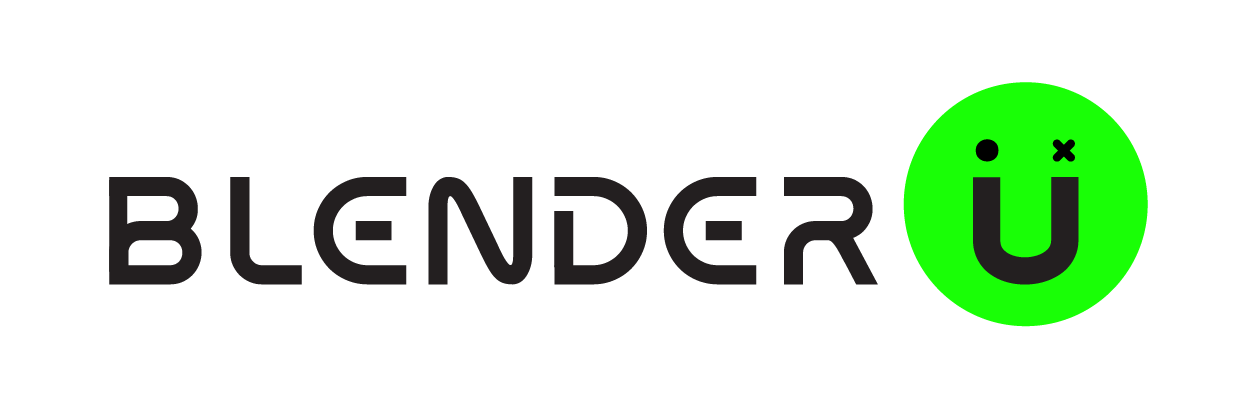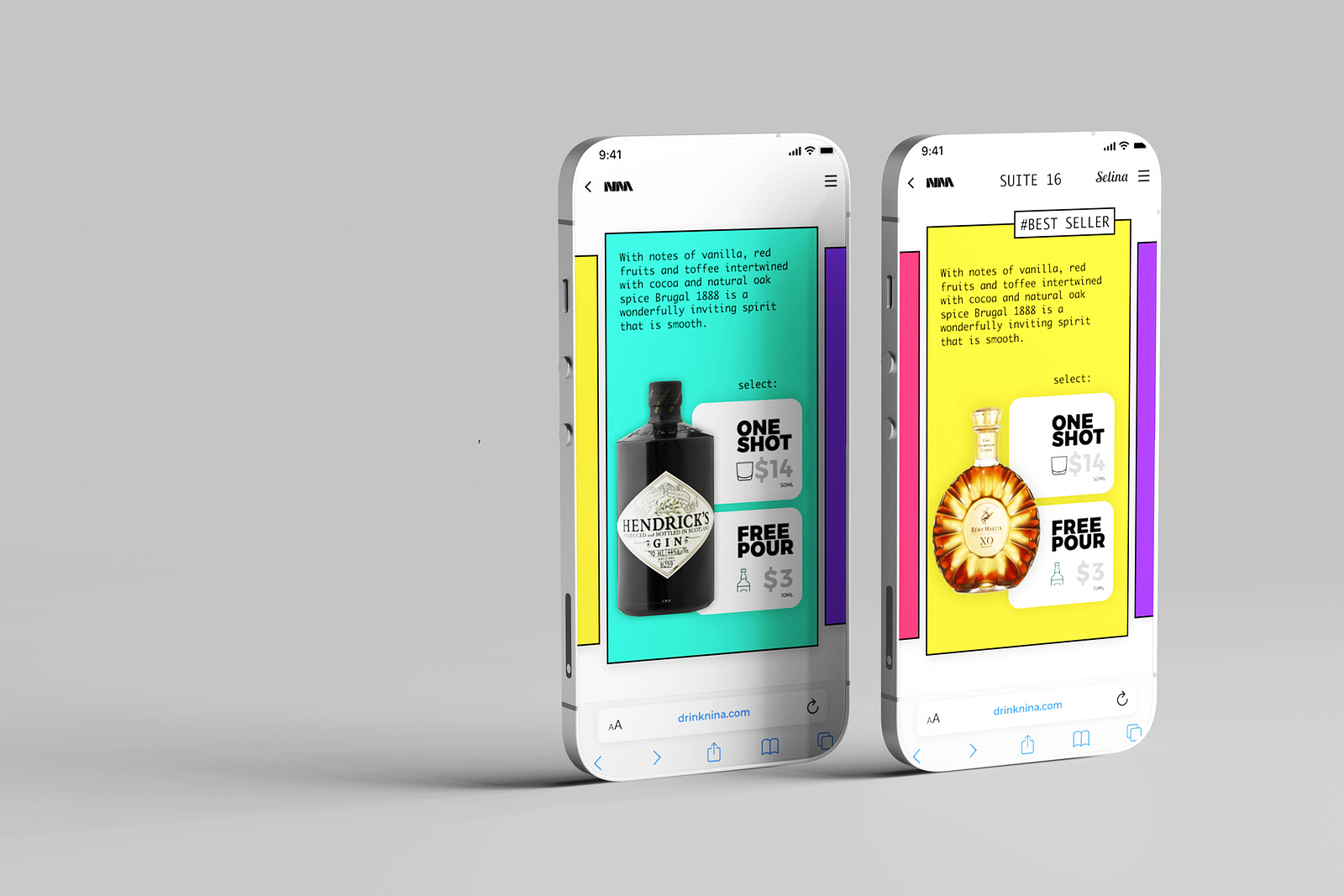Crafting experiences that are intuitive, accessible, and human at their core.
🤖 Smarter Personalization through AI
Machine learning is moving from predictive to truly adaptive — allowing interfaces to evolve alongside each user’s needs, in real-time, without feeling intrusive.
🗣️ Voice Interfaces (VUI) Growing Up
Voice isn’t just an add-on anymore. It’s becoming a serious design layer, making interactions faster, more intuitive, and accessible to all kinds of users.
🧩 3D is Useful (Not Just Pretty)
Forget gimmicks — the new 3D is purposeful. Thoughtfully integrated 3D elements add depth, guide actions, and enhance storytelling without overwhelming users.
🌒 Dark Mode as a Design Standard
More than aesthetic — dark mode is now a user expectation. Good dark design improves focus, reduces fatigue, and must be treated with the same detail as light themes.
⚡ Microinteractions with Real Purpose
Subtle feedback, meaningful animations, and delightful transitions are no longer “nice-to-haves” — they’re critical for clarity, engagement, and user trust.
🔵 Neumorphism (Carefully, and Where It Makes Sense)
The soft, tactile feel of neumorphism offers emotional warmth — but it needs to be used sparingly and smartly to avoid accessibility and usability issues.
♿ Radical Accessibility
Accessibility isn’t a checklist; it’s the foundation of great design. Contrast, flexible navigation, screen reader support — it’s all about crafting experiences everyone can use and love.
🧹 Minimalism That Guides, Not Hides
Minimalism isn’t about less content — it’s about less confusion. Clean interfaces, clear navigation, and intentional hierarchy are key to user-first experiences.

